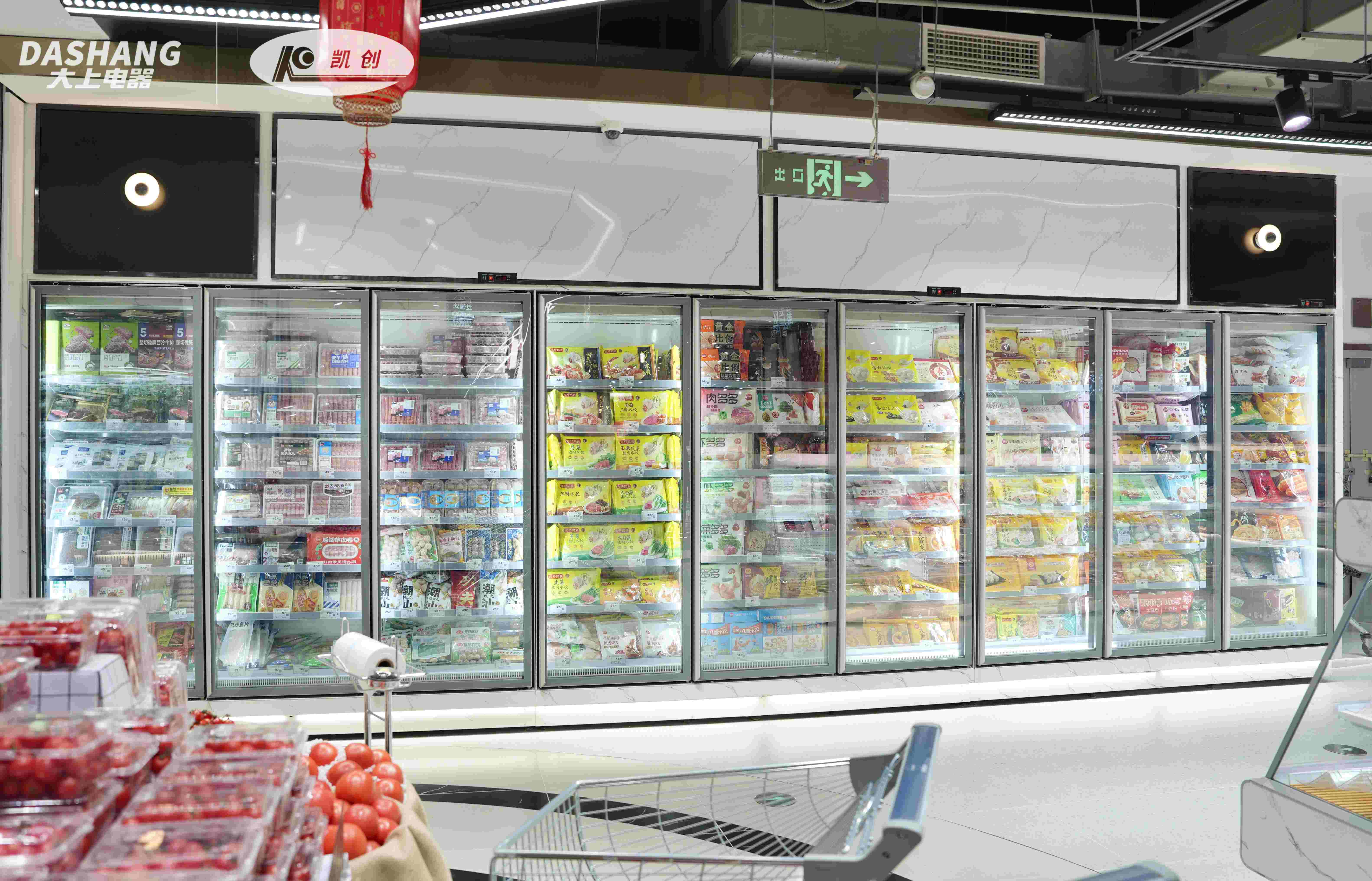A vertical freezer is a critical asset for commercial kitchens, food processing facilities, laboratories and cold chain storage operations. As global food safety standards continue to rise and businesses expand their cold storage capacity, vertical freezers provide reliable temperature control, space-efficient storage and long-term operational stability. For B2B buyers—including distributors, restaurant chains, supermarkets, pharmaceutical facilities and industrial processors—selecting a high-performance vertical freezer is essential for preserving product quality and maintaining compliance.
Why Vertical Freezers Are Essential for Modern Businesses
Vertical freezers are designed to store frozen goods in an organized, energy-efficient and easily accessible format. Their upright structure saves valuable floor space while allowing businesses to increase storage capacity without expanding facility footprint.
Key advantages include:
• Precise temperature control for consistent product quality
• Better storage organization with multi-layer shelving
• High energy efficiency for long-term cost savings
• Smaller footprint compared to chest freezers
• Reliable performance for commercial and industrial environments
These benefits make vertical freezers suitable for food service providers, retailers, laboratories and logistics operators.
Applications Across Commercial and Industrial Sectors
Vertical freezers are versatile and can be used in any facility that requires controlled freezing conditions. They support both food and non-food industries.
Common application sectors include:
• Restaurants, hotels and catering businesses
• Supermarkets, convenience stores and retail chains
• Food processing and packaging factories
• Cold chain logistics and distribution centers
• Pharmaceutical and laboratory storage
• Fisheries, meat processing and agricultural storage
Their flexibility and performance make them an important part of modern supply chain operations.
Key Features and Performance Specifications
Vertical freezers are engineered to maintain stable low temperatures under continuous commercial use. Modern units incorporate advanced cooling technologies to maximize efficiency and reliability.
Important features include:
• Adjustable shelves for flexible storage
• Fast temperature recovery after door openings
• High-density insulation to reduce energy loss
• Digital temperature management systems
• Automatic defrosting or frost-free technology
• Stainless-steel construction for hygiene and durability
• Low-noise, high-efficiency compressors
These features ensure that stored products remain frozen and safe throughout the storage cycle.
Design Options and Functional Variants
Vertical freezers come in multiple designs depending on commercial needs and operational environments.
Common design variants include:
• Single-door and double-door commercial freezers
• Glass-door display freezers for retail use
• Solid-door industrial freezers for back-of-house storage
• Temperature-controlled laboratory freezers
• Energy-saving models with eco-friendly refrigerants
These options allow businesses to select the best freezer for specific storage requirements.
Operational Benefits for B2B Buyers
Vertical freezers deliver measurable value for commercial and industrial users. Their upright design and stable freezing performance support high workflow efficiency.
Key operational benefits include:
• Optimized storage density without occupying large floor areas
• Reduced product waste through consistent temperature retention
• Improved accessibility and inventory management
• Lower energy consumption with advanced cooling systems
• Long-term reliability for continuous operation
For businesses reliant on frozen storage, the vertical freezer contributes directly to productivity and product integrity.
How to Choose the Right Vertical Freezer
Selecting an appropriate vertical freezer requires evaluating operational needs, capacity requirements and facility conditions.
Important selection factors include:
• Storage volume and internal capacity
• Temperature range and freezing requirements
• Door type: glass, stainless steel or solid-door design
• Energy efficiency rating and power consumption
• Shelving layout and loading capacity
• Defrosting mechanism and maintenance needs
• Environmental conditions such as humidity or high traffic use
Choosing the right model ensures long-term performance and compliance with safety standards.
Conclusion
A vertical freezer is an indispensable solution for commercial and industrial cold storage. Its space-saving structure, precise temperature control and high operational efficiency make it ideal for food service providers, retailers, pharmaceutical storage and cold-chain logistics. For B2B buyers, investing in a well-engineered vertical freezer ensures product preservation, operational reliability and long-term cost savings.
FAQ
1. Which industries commonly use vertical freezers?
Food service, retail, cold chain logistics, laboratories and pharmaceuticals.
2. Are vertical freezers energy-efficient?
Yes. Many models include advanced insulation, eco-friendly refrigerants and high-efficiency compressors.
3. Can vertical freezers handle continuous commercial usage?
Yes. They are designed for frequent door openings and high-volume storage.
4. What should businesses consider before purchasing?
Capacity, energy efficiency, temperature range, door type and maintenance requirements.
Post time: Nov-26-2025





